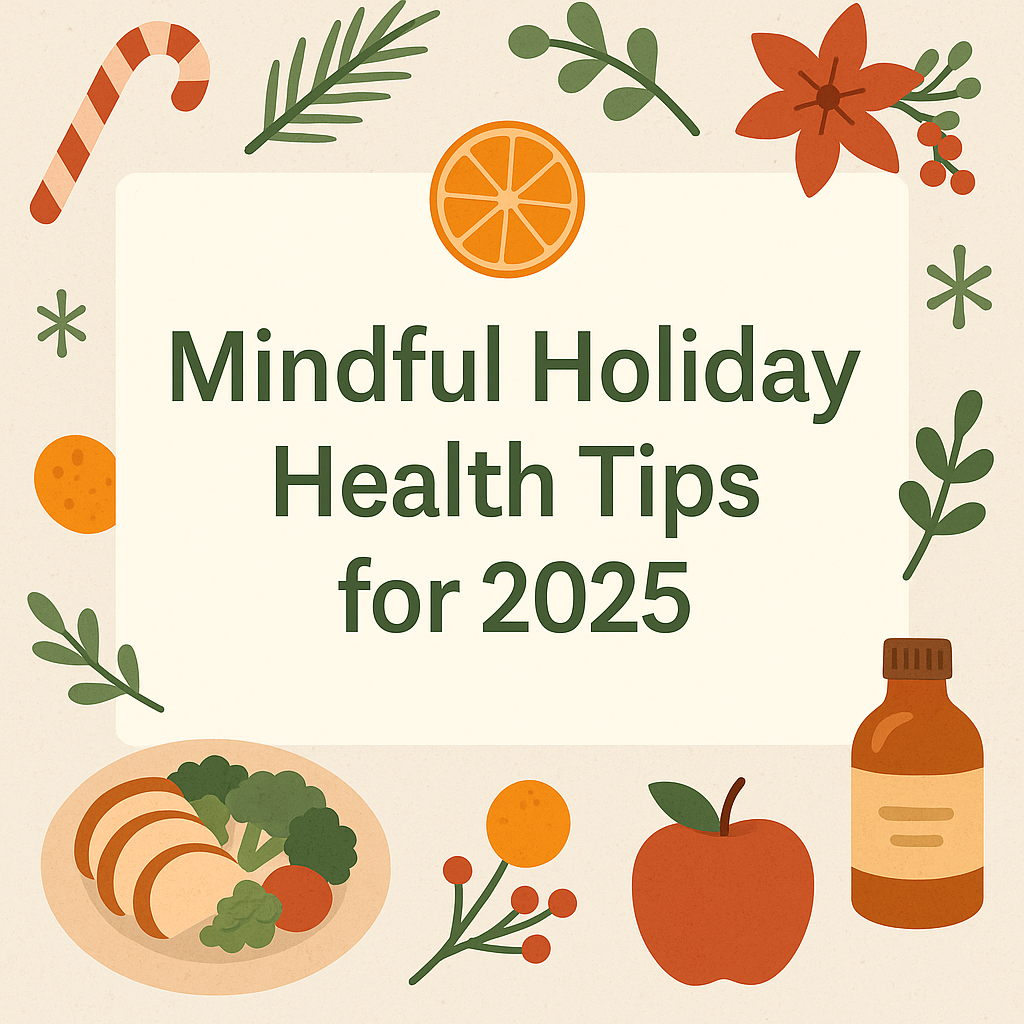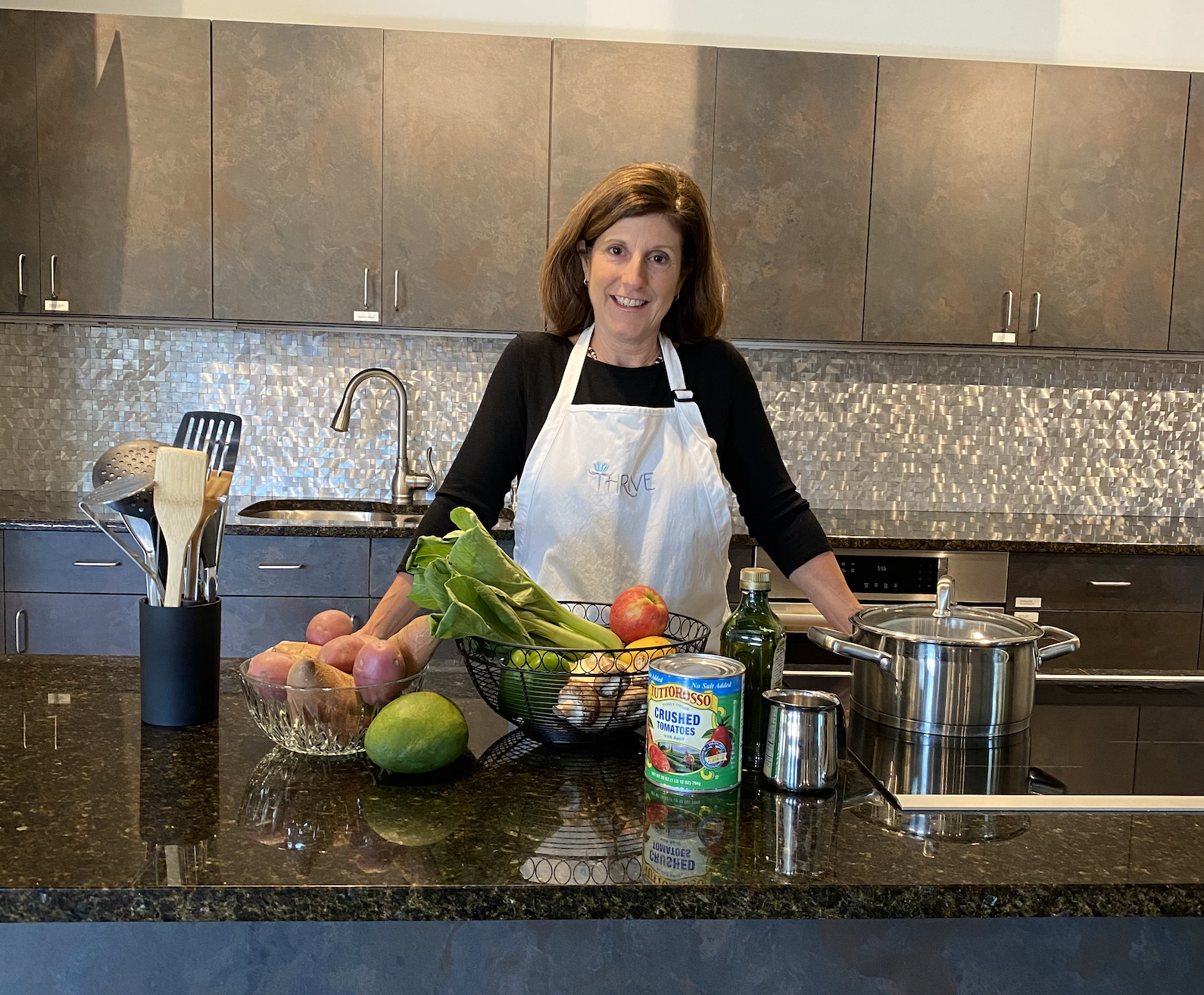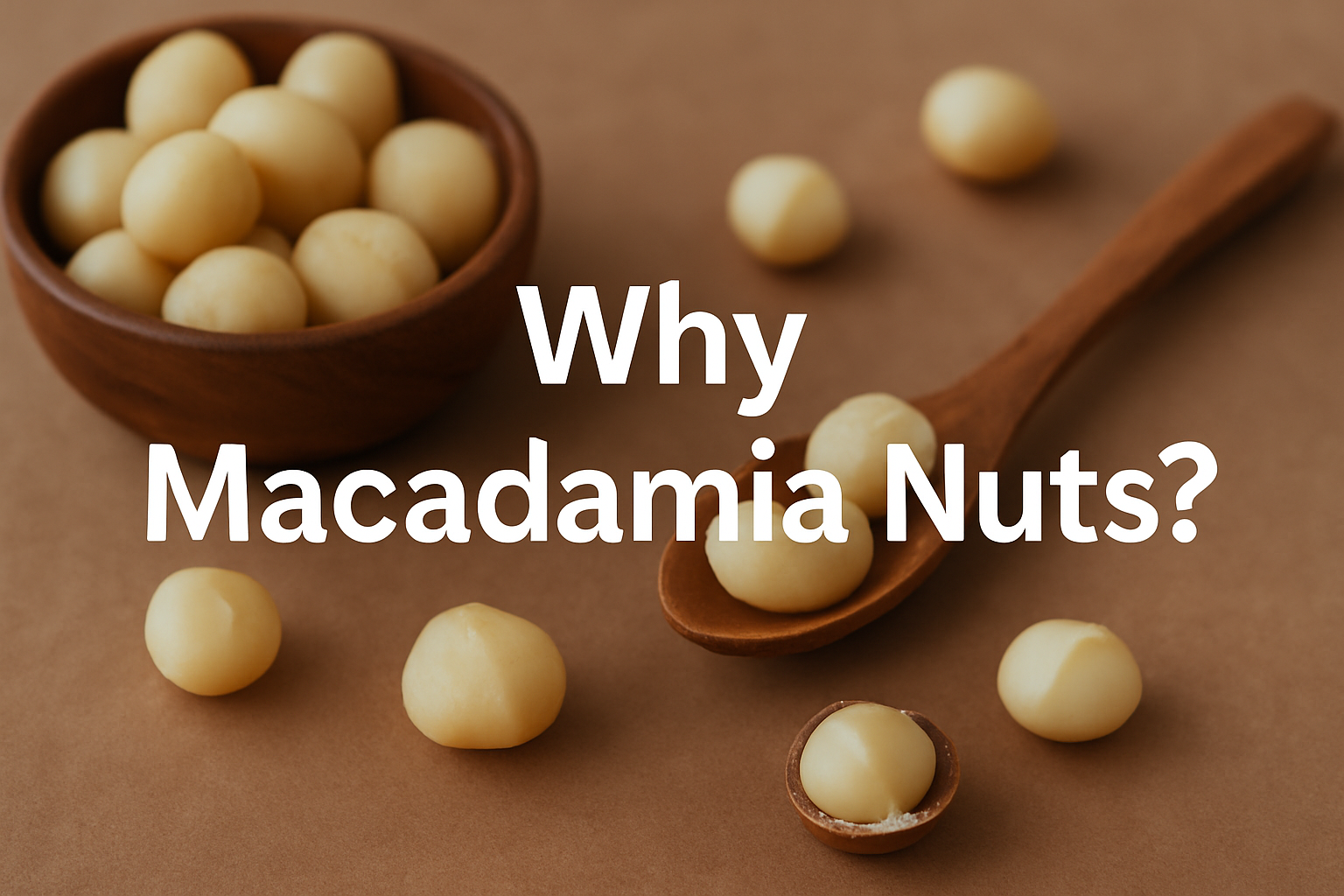Mindful Holiday Health Tips for 2025
The holiday season is meant to bring joy, connection, and celebration. Still, it can just as easily lead to stress, over-scheduling, disrupted routines, and feeling burnt out before the new year even begins. The good news: with a mindful, intentional approach, you can fully enjoy the season and stay grounded in habits that support your health. Below are updated strategies from the Thrive team to help you navigate the holiday rush with clarity, balance, and well-being. 1. Slow Down and Choose Presence Over Perfection Between travel, gift-giving, and social gatherings, the season can feel like a sprint. This year, notice where you may be overcommitting or striving for unrealistic expectations. Try this: Take two minutes each morning to set an intention for how you want to feel that day. ...











